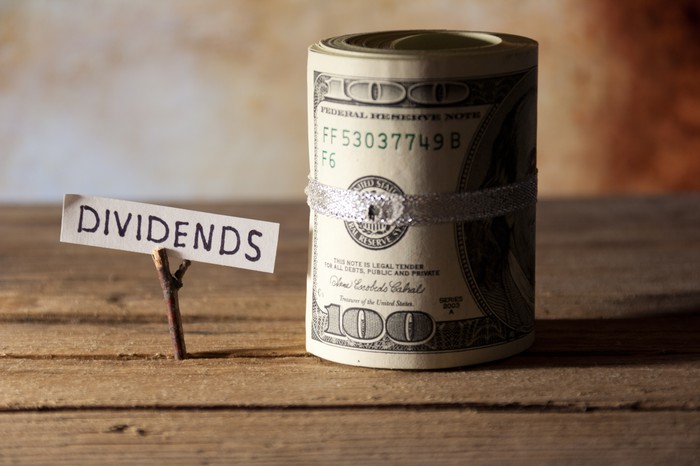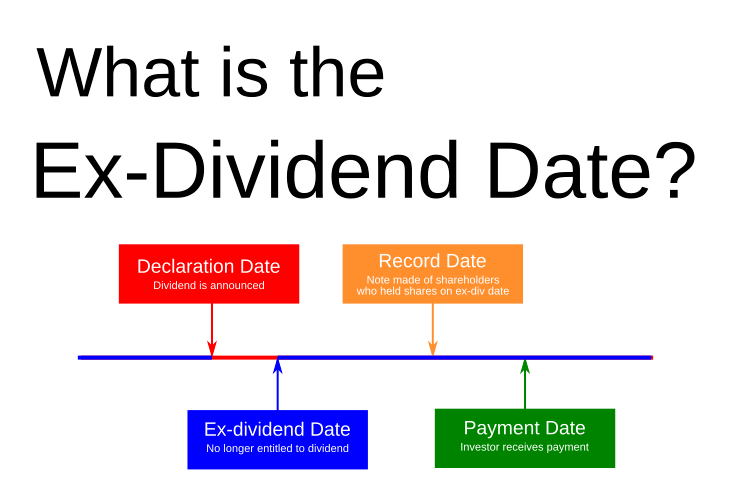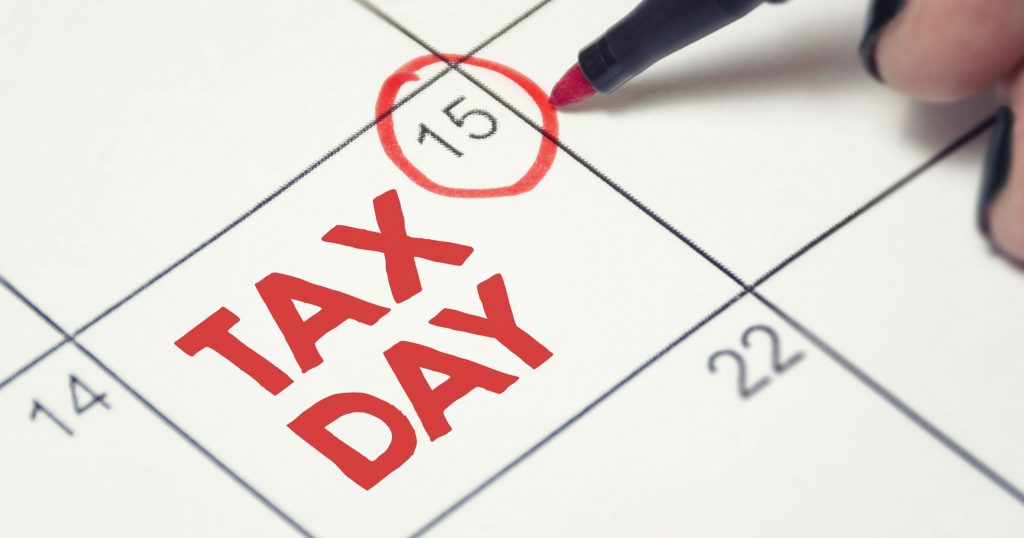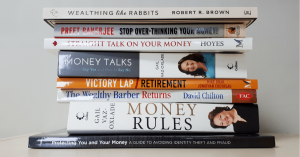If you are looking for a unique approach to generate high profits and expand your investment portfolio in the long term, then you should opt for dividend investing. As a dividend investor, you need to learn the different fundamentals of this domain to help you turn a small amount of money into a fortune through compound gains. Most importantly, make sure to focus on stable companies that constantly raise their dividends to increase your chances of success further.
Without further ado, here’s what you need to know before buying your first dividend stock:
Why Should You Invest in Dividend Stocks?
When investing in dividend stocks, don’t expect to become rich during an overnight. Instead, dividend investing will help you generate high revenues at a slow rate, but with a safer approach with less risk of losing all your money. The companies that pay dividends are usually more mature, firmer than their competitors that don’t pay dividends . So, a proper portfolio of dividend stocks will more likely generate significant income in the long term while they are unlikely to drop significantly.

Why Not All the Stocks Pay Dividends?
In most cases, recent and fast-growing businesses don’t pay dividends. They tend to reinvest their profits in the industry to further increase their growth, which in return will increase their revenues.
Alternatively, once a company is matured enough to the point it doesn’t have to spend all its profits on increasing the growth of the business, it starts to return money to the shareholders through share buybacks or dividends. You can combine the two investment options to increase your profits further.
Furthermore, dividend stocks are usually more profitable and mature compared to non-dividend stocks; they are less volatile and can survive crashes and recessions.
It’s not All About the Yield
As a regular dividend investor, you should know that the dividend yield might be the lest important metric. It is undoubtedly the optimal option when there is a larger dividend yield, but there are several other factors you need to consider even though a stock pays a relatively strong yield (2% or more).
For instance, growth and dividend consistency are more essential for long-term investment than the current yield of the stock. Johnson & Johnson has a dividend yield of 2.6%, even though it is not the highest rate you will find, but this company has an exceptionally consistent dividend payment and has raised its dividend for 54 years in a row.
When Do Dividends Get Paid?
For example, you purchase a stock on October 1, and there is a $1 per share payment of the dividend scheduled for October 3. However, you notice that the payment day of the dividend keeps fluctuating without any additional money showing up in the brokerage account. You keep questioning yourself: what happened?

Well, as long as you are a dividend investor, you have to be aware of several important dates, especially when you are frequently buying stocks that pay dividends:
- Trade date: it is simply the date of your stock purchase. Technically, you don’t immediately own stock right after buying it.
- Settlement date: a trade is settled after 3 business days from the trade date. It is when the purchase is confirmed, and you earn the “shareholder of record” title on the books of the company. To make it simpler, think of it as the closing date of the transaction of a real estate.
- Ex-dividend date: which is the first day when a stock trades with no dividend is called an ex-dividend date. Plus, you will be entitled to the payment of that dividend if you buy shares before this date. However, you won’t get any payment until the next cycle of dividend if you buy shares on or right after this date.
- Record date: 2 business days right after the ex-dividend date are called record date. It is when a firm determines who is going to get dividend payment.
- Pay date: It is simply when every shareholder gets its dividend payment.
The Most Important Metrics You Should Know
As mentioned before, when evaluating the different dividend stocks, the dividend yield isn’t the perfect metric to use. There are some alternative metrics every investor should know:
- Total return: this is the combination of share price appreciation and dividends. It is simply an overall performance of a dividend stock. For instance, when a stock increases by 6% and pays a 3% dividend yield within a year, the total earning is 9%.
- Payout ratio: this is the earnings’ percentage of dividend stock and shows the ability of a stock to continue to pay its dividend, no matter if its revenues drop.
- P/E ratio: this is basically used to evaluate mature companies. It is maybe the most commonly used metric, and it is undoubtedly essential for comparing the different dividend stocks.
- EPS growth: increasing profits are a good sign that a stock can further increase its dividend.
What Should You do with All of Your Different Dividend Stocks?
The smartest investment move to do to maximize your earnings in the long term is to reinvest your earnings from dividends. To do that, you can enroll in your dividend reinvestment plan of your broker (or DRIP). By doing so, the broker will use the received dividends automatically to buy additional shares. It’s important to note that those different DRIP transactions are free of commission. Besides, you can purchase fractional shares via a DRIP. With all its various benefits, it is a must-do and will certainly help you earn more money over long periods.
What are the Tax Implications of Dividend Investing?
Dividend stocks typically pay “qualified” dividends, that in return receive superior tax treatment. These qualified dividends are usually taxed at 0-20%, considerably lower compared to the usual income tax rate of 10-39.6%. Additionally, there is a tax rate of 3.8% for high-earners on particular investment income, beside their applicable rate of tax.
Also, there are some “ordinary” dividends which are taxed as regular income. In this category, REITs, or real estate investment trusts, are a great example.

On the other hand, if your dividend stocks are kept in a retirement account with tax advantages (like IRA), these tax implications don’t apply, and you should have other tax rates.
Final Thoughts
If you are a new investor at your early stage in the stock market industry, the greatest way to start investing in dividends is with Exchange Traded Funds primarily dedicated to dividend stocks. The Vanguard High Dividend Yield Exchange Traded Funds is a great example that charges investors a very low 0.09% expense ratio. It invests in an stocks’ index with above-average dividend yield.
If you feel that you need to learn more about the dividend investing before getting comfortable with investing in it, you should definitely opt for the index-fund method to safely benefit from the dividend investing while you are learning the fundamentals of this domain.


